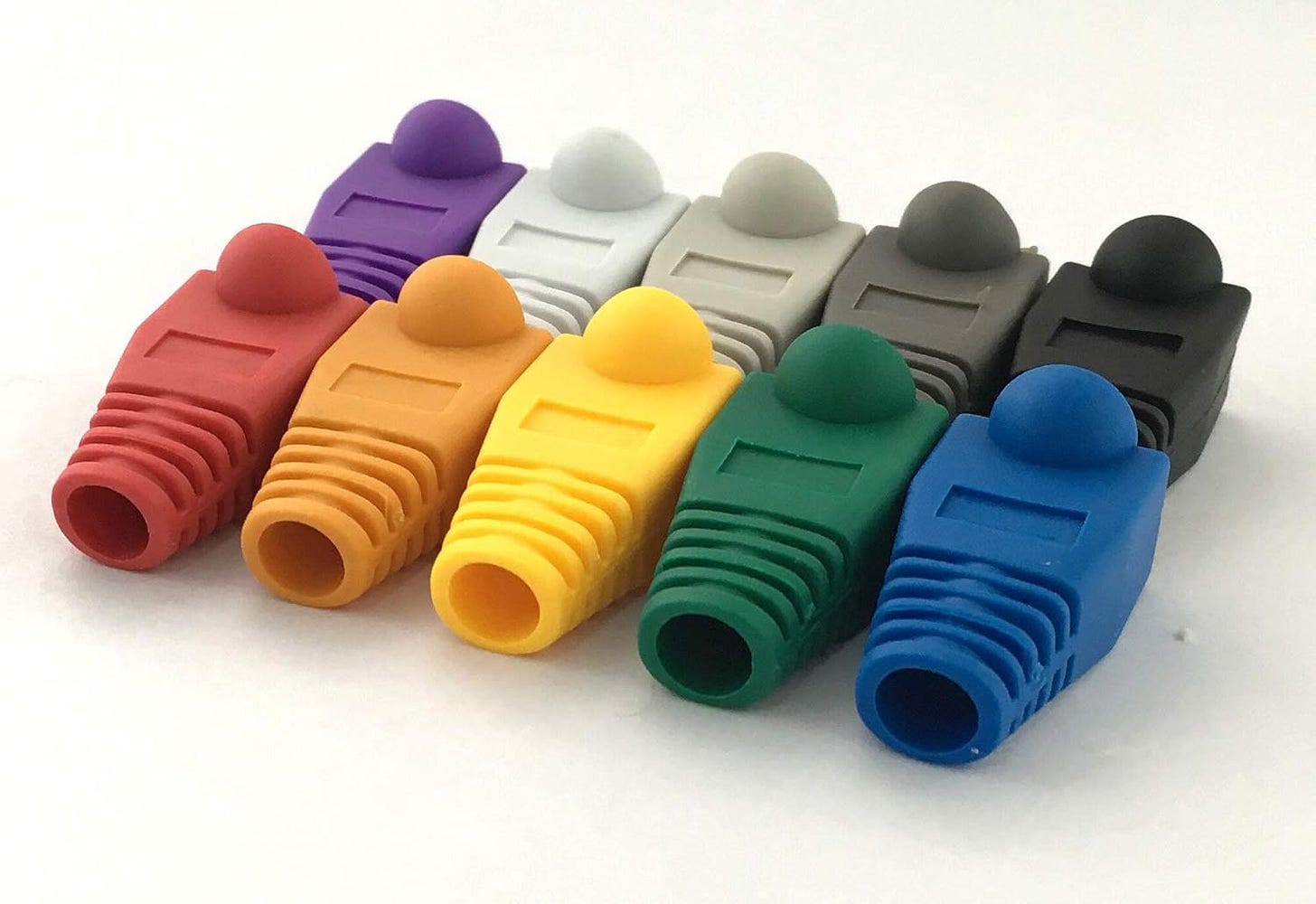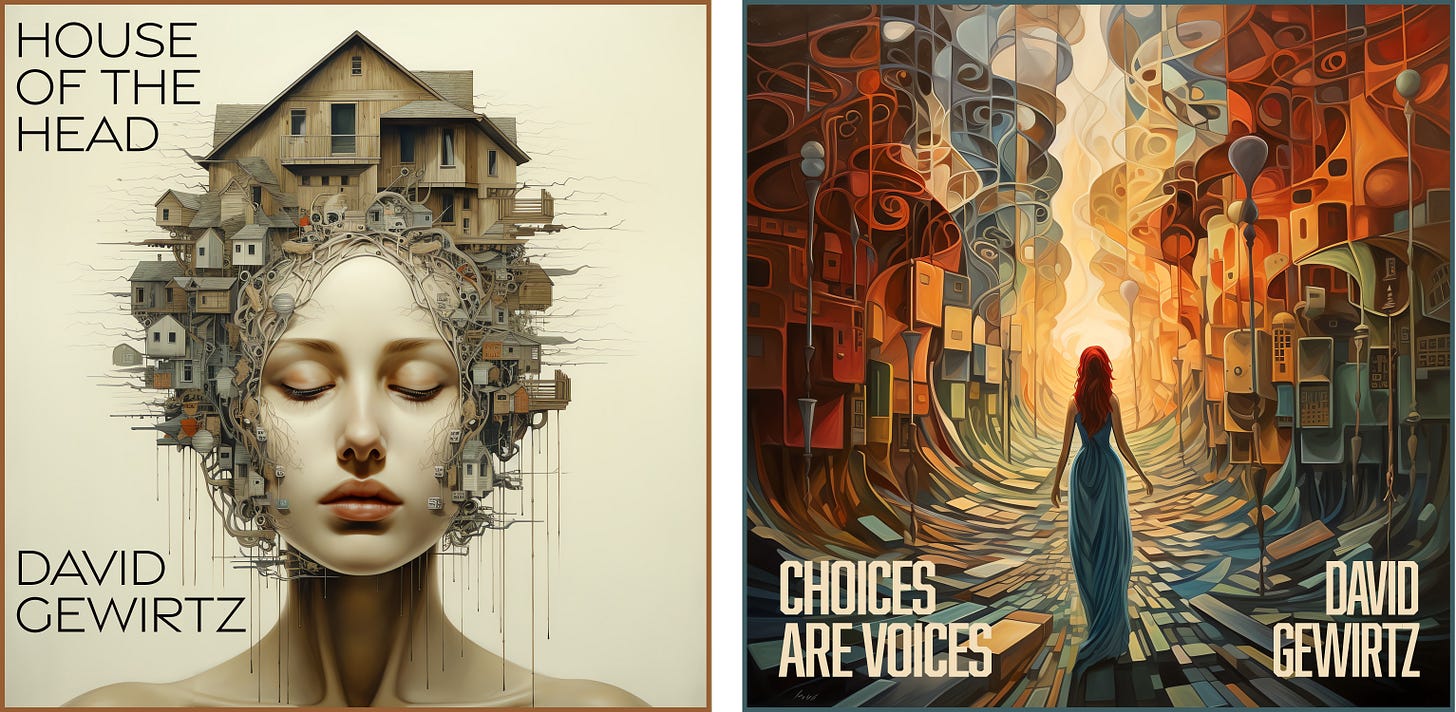What 3D printer to buy, why I switched to VS Code, and OpenAI agent best practices
Plus, why programmers start sentences with "so," colorful Ethernet boots, a Chinese factory tour, a flashback to Project Xanadu, and Google's giant building in NYC
I’m David Gewirtz. Welcome to this week’s Advanced Geekery newsletter. It’s been an exciting week. Let’s dive in.
My latest video
I’ve been getting a lot of questions in the comments asking about choosing a 3D printer, especially among the popular Anycubic, Creality, and Bambu Lab brands. Here are my answers.
My articles
Here’s a quick recap of the articles I published in the last week on ZDNET.
Why I'm switching to VS Code. Hint: It's all about AI tool integration: VS Code's AI integration tempted me away from PhpStorm, but getting it set up broke everything. Here's how I fixed it, what I learned, and which AI tools are now available because of the switch.
10 strategies OpenAI uses to create powerful AI agents - that you should use too: AI agents promise next-level automation, but where do you start? Here are OpenAI's ten proven strategies to build smarter, safer, and more manageable agents that actually get things done.
Must-watch YouTube
Moving on, let’s queue up some interesting YouTube videos for your entertainment and edification.
James Hamilton (of Stumpy Nubs fame) visited some tool factories in China.
Google transformed an old New York City freight terminal into a $2.1 babillion office complex. It’s an interesting story.
If you’re a Monty Python fan, you’ll enjoy this retro honest trailer.
Tool of the week
Strictly speaking, these colorful Ethernet strain relief boots aren’t tools. But they’re still worthy of something-of-the-week treatment because they’re cool. This is a pack of a hundred caps, in ten different colors (assuming you consider black, white, and gray colors). That means you get about 10 of each color.
I like these because you can use them to color code cables or match the cabling you’re using. I needed some white ends because I’m running some white CAT6 down a piece of white trim on my house, and a black strain relief cap would have stood out from the cabling, where white ends make the whole thing blend into the trim. But I am considering using color coded ends (perhaps yellow or red) to distinguish between PoE runs and cables connecting to cameras (which will have black ends).
Here’s the pack of 100 black boots I bought for the bulk of my cable run project.
Note: As an Amazon Associate, I earn from qualifying purchases.
Interesting reads
And now, some good stuff from around the Internet, well worth checking out.
So, this article dates back to 2015. It helps explain why I (and other programmers) tend to use the word “so” to start sentences. Apparently, the “so” craze has moved on to other subgroups since the early days. It’s a ten year old article. So, do you still use “so”? Let us know in the comments.
My colleague and old buddy Richard Echeandia takes a look at Ted Nelson’s groundbreaking Project Xanadu from the 1980s, and looks at whether our current technology meets Ted’s vision. I have a personal interest in this. As a young pup, Ted was my boss and I spent time with the really fun, really smart Xanadudes (who had great taste in restaurants). That experience, which I look back on fondly, is part of what helped inform my tech perspective at the start of my career.
Send in your projects
I’d like to regularly spotlight a reader project or two here. Your project doesn’t have to be a big Kickstarter launch. If you’ve built something cool, it has some pretty pictures, and you’re proud of it, I might be able to share it here.
If you have a photogenic reader project, send an email to me at david@zatz.com with the subject “READER PROJECT,” a few pictures, and a short one-paragraph description. If you have a social media link or a link to the project, include that, too.
Both my EPs are now streaming
Available on all your favorite streaming services.
More clicky
I’ve got a lot happening all over the web. Here are links to my various stuff:
House of the Head: home for my published music
ZATZ Labs: where I host my published software projects
Feel free to dig around, visit, and say hey!
Leave some comments
Substack supports comments, so feel free to leave some. I promise to read them. Just, please, let’s keep our personal politics out of any discussion.
That should do it for this week. This newsletter is really starting to pick up subscribers. Please help it out by sharing links on all your socials.
Have a great week!


